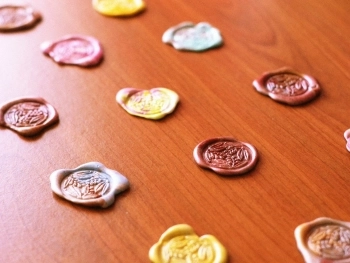Pew chairs, an integral component of many religious and community gathering spaces, have a rich history and significant role in enhancing the ambiance and functionality of these environments. From traditional wooden designs to contemporary modular seating, pew chairs reflect the evolving needs and tastes of congregations and communities. This article delves into the history, design, functionality, and modern innovations in pew chairs, providing a thorough understanding of their importance and versatility.
Historical Background
The history of pew chairs dates back to the early days of the Christian church. Initially, worshippers stood during services, but as gatherings grew longer, the need for seating became evident. The earliest pews were simple wooden benches, often without backs, arranged in rows. Over time, these benches evolved into more elaborate designs with high backs, armrests, and ornate carvings, reflecting the architectural styles and craftsmanship of the period.
During the Gothic and Renaissance periods, pew chairs became more elaborate, often featuring intricate woodwork and upholstery. Churches invested in these enhancements not only for the comfort of their congregations but also to demonstrate their wealth and artistic patronage. The Victorian era saw further advancements with the introduction of more comfortable, cushioned seating and the use of different materials like iron and brass in pew construction.
Design and Materials
Modern pew chairs come in a variety of designs and materials, catering to diverse aesthetic preferences and functional requirements. Key elements of pew chair design include:
- Material: Traditional pews are typically made of solid wood such as oak, maple, or cherry, chosen for their durability and natural beauty. Contemporary designs may incorporate metal, plastic, or composite materials to enhance durability, ease of maintenance, and versatility.
- Comfort: Ergonomic design is a critical aspect, with attention to seat depth, back support, and cushioning. High-density foam and memory foam are popular choices for padding, ensuring comfort during long services.
- Aesthetics: The visual appeal of pew chairs is enhanced through various finishes, upholstery options, and decorative elements. Stains, paints, and varnishes can highlight the natural grain of the wood or provide a specific color scheme. Upholstery options range from traditional fabrics to modern, easy-to-clean synthetics.
- Customization: Many manufacturers offer customizable features such as book holders, kneelers, and armrests. Custom carvings, engravings, and embroidery can reflect the unique identity and heritage of the congregation.
Functional Considerations
Pew chairs are designed not only for comfort and aesthetics but also for functionality. Key functional aspects include:
- Durability: Pew chairs must withstand frequent use over many years. High-quality materials and construction methods ensure longevity, with features such as reinforced joints, durable finishes, and robust frames.
- Flexibility: Modular pew chairs offer flexibility in seating arrangements, allowing spaces to be reconfigured for different types of gatherings. Stackable and foldable designs facilitate easy storage and transport.
- Accessibility: Ensuring accessibility for all congregation members is crucial. This includes providing space for wheelchairs, designing seats with varying heights for ease of use by people of different abilities, and incorporating features like armrests and grab bars.
- Maintenance: Easy-to-clean materials and finishes help maintain the appearance and hygiene of pew chairs. Removable and washable upholstery, stain-resistant fabrics, and durable coatings are common features.
Modern Innovations
The evolution of pew chairs continues with innovative designs and technologies aimed at enhancing user experience and meeting contemporary needs. Some notable innovations include:
- Eco-Friendly Materials: Sustainable practices in manufacturing are gaining popularity. Using reclaimed wood, recycled materials, and eco-friendly finishes reduces the environmental impact.
- Technology Integration: Modern pew chairs may incorporate technology such as built-in speakers, charging ports for electronic devices, and integration with audio-visual systems, enhancing the functionality of worship spaces.
- Ergonomic Enhancements: Advances in ergonomic research influence the design of pew chairs, with features such as lumbar support, adjustable seating, and contouring that promote better posture and comfort.
- Aesthetic Versatility: Contemporary pew chairs are available in a wide range of styles, from minimalist and modern to traditional and ornate, allowing them to blend seamlessly with various architectural styles and interior designs.
Pew chairs are more than just seating; they are a reflection of the community's values, heritage, and commitment to comfort and inclusivity. From their historical roots to modern innovations, pew chairs have continually adapted to meet the changing needs of congregations. As they continue to evolve, pew chairs will undoubtedly remain a cornerstone of communal and worship spaces, offering comfort, functionality, and a sense of belonging.
In choosing pew chairs, it is essential to consider the specific needs of the community, the architectural style of the space, and the balance between tradition and modernity. With thoughtful selection and care, pew chairs can enhance the experience of worship and community gatherings for generations to come.






